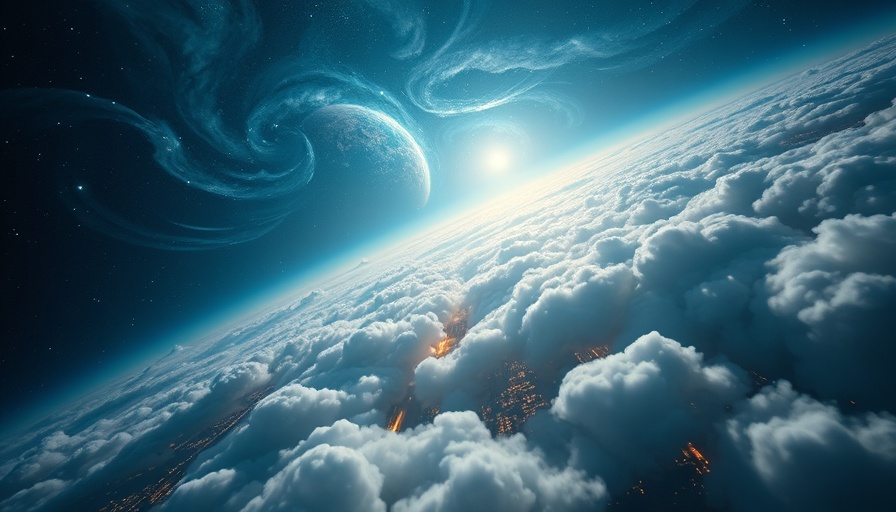
NASA Astronaut Captures Stunning New Aurora Colors from Space
During a recent week aboard the International Space Station (ISS), astronaut Anne McClain made a remarkable discovery about the captivating colors of auroras. Traditionally thought of as a celestial display predominantly in green and white, McClain revealed that the aurora shimmering over Earth was significantly tinted with pink. This unexpected hue led to an intriguing inquiry: was it a new type of aurora or simply an optical illusion?
The Science of Auroras: What Causes Their Color?
McClain's observations are a fascinating reminder of the complexities in atmospheric science. The colors of auroras depend on various factors, including the type of gas particles the solar wind interacts with, their altitude, and the atmospheric density where these collisions happen. Green is the most prevalent color and occurs when solar particles strike oxygen molecules at altitudes between 60-150 miles. Above 150 miles, the resulting colors can shift to red, particularly during intense solar storms due to reduced atomic oxygen density.
Furthermore, pink auroras are not commonly documented, suggesting dynamic conditions might have played a part in McClain's sighting. The unique color hints at a mix of both red and green, illuminating how localized conditions can create stunning visual experiences that captivate the attention of astronauts.
Innovation and Research: Scientific Endeavors on the ISS
While the auroras were a highlight, scientific work aboard the spacecraft was also in full swing during the week. Astronaut Jonny Kim implemented innovative tracking technology utilizing RFID tags, linked with a free-flying robot named Astrobee. This development promotes efficiency in locating cargo, a crucial aspect of daily life on the ISS.
Additionally, Kim tested a bio-monitor vest capable of measuring physiological parameters like heart rate and blood temperature, contributing to better health monitoring in space where traditional methods are challenging.
Moreover, fellow astronaut Nichole Ayers engaged in ongoing experiments related to surface tension in liquids, a vital concept with implications for both space exploration and fluid dynamics research on Earth.
A New Era of Space Exploration and Understanding
The work being done aboard the ISS is not only advancing our knowledge of space phenomena but also pushing the boundaries of scientific innovation. As astronauts like McClain capture unique observations, they invite us all to look up and appreciate the wonders of our planet and beyond.
Conclusion: The Importance of Observing the Unseen
This week’s auroral spectacle serves as a reminder of the ocean of knowledge still to be discovered in the cosmos. Understanding the science behind auroras—and their unexpected colors—encourages curiosity and underscores the innovative research conducted on the ISS, paving the way for future advancements.
 Add Row
Add Row  Add
Add 




Write A Comment